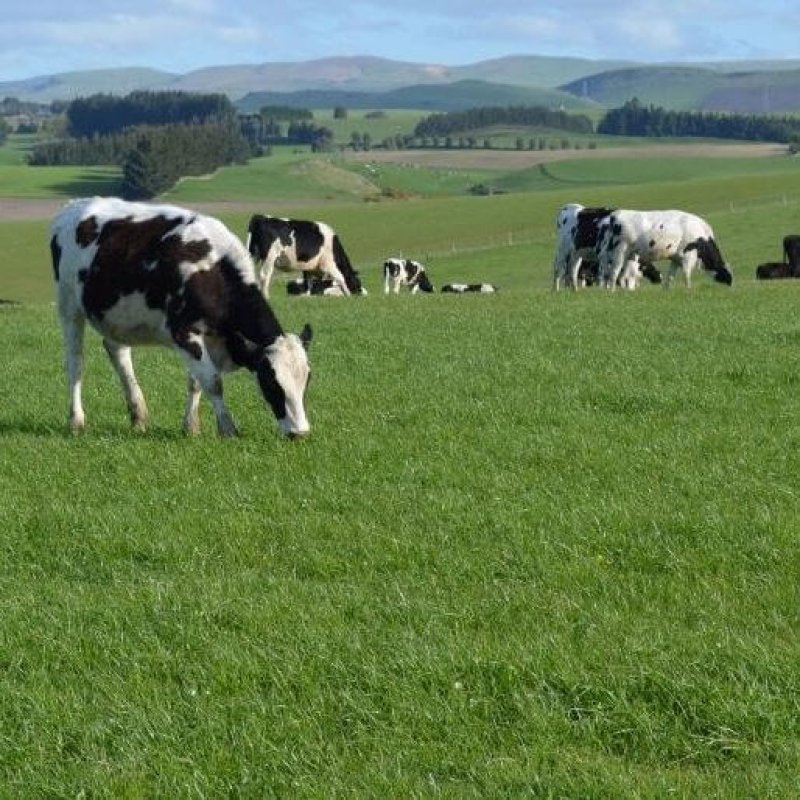The Australian dairy industry has experienced 15 months of “disruption” (to coin a trendy term).
For many, this has resulted in disbelief, gut-wrenching challenges and decision-making, financial stress and a loss of trust in a sector in which they live and breathe.
…
The Weekly Times reported “GM ryegrass staggers”. Genetically modified crops are now 20 years old, so it is debatable if this ryegrass is an innovation.
One could also question whether GM pasture is “disruption” given Aussie dairy cows already eat GM feed, such as soy and canola meal. Overseas, dairy cows consume a variety of GM feeds, including alfalfa (lucerne).
Those dairy farmers with choice have done the calculations and concluded these crops result in greater feed efficiency, milk production and dollars in their pocket; a sustainable and profitable reality.
Field trial analysis suggests GM high energy ryegrass potentially delivers $450 to $750 extra a hectare, depending on the region, through an increase in milk production.
Even with an allowance for inflated scientific optimism, this gain is significant.
The GLP aggregated and excerpted this article to reflect the diversity of news, opinion, and analysis. Read full, original post: Genetically modified feed right for dairy industry































